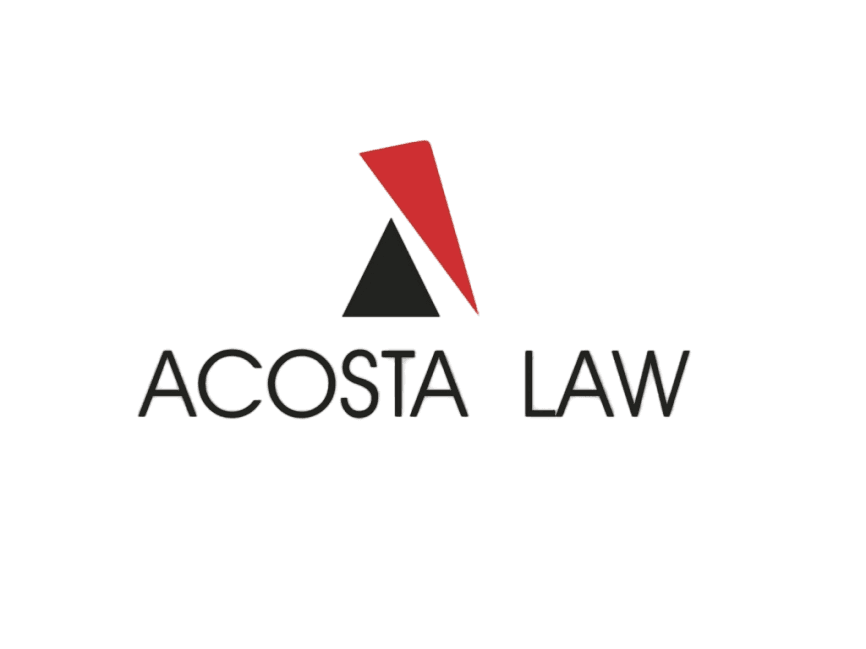Step-by-Step Guide to Filing for Bankruptcy in Harris County, TX
Understanding Bankruptcy in Harris County, TX
Filing for bankruptcy is often seen as a last resort for those who are unable to manage their debts. In Harris County, Texas, this legal process can provide a fresh financial start by discharging certain debts. However, it is important to understand the steps involved to ensure a smooth filing process. This guide will walk you through each step of filing for bankruptcy in Harris County.

Step 1: Determine Eligibility
The first step in filing for bankruptcy is determining which type you are eligible for. The two most common types are Chapter 7 and Chapter 13 bankruptcy. Chapter 7 is designed for individuals with limited income and involves liquidating non-exempt assets to pay creditors. Chapter 13, on the other hand, is suitable for those with a regular income and involves creating a repayment plan over three to five years. Consulting with a bankruptcy attorney can help you decide the best option for your situation.
Step 2: Credit Counseling Requirement
Before filing, you must complete credit counseling from an approved agency. This session aims to explore alternatives to bankruptcy and is a mandatory requirement. Once completed, you will receive a certificate that must be included with your bankruptcy filing.

Step 3: Filing the Bankruptcy Petition
To officially begin the bankruptcy process, you need to file a petition with the bankruptcy court in Harris County. This petition includes detailed information about your finances, such as income, expenses, assets, and debts. Accuracy is crucial here, as any discrepancies might lead to complications in your case.
Step 4: Automatic Stay
Once your petition is filed, an automatic stay goes into effect. This stay halts most collection activities against you, providing temporary relief as your case proceeds. It means creditors cannot pursue lawsuits, wage garnishments, or contact you demanding payment. This pause can offer much-needed breathing room as you navigate the bankruptcy process.

Step 5: Meeting of Creditors
About a month after filing, you will be required to attend a meeting of creditors, also known as a 341 meeting. During this meeting, you will answer questions under oath about your financial situation and bankruptcy forms. Creditors may attend but often do not. It is important to be honest and thorough in your responses to avoid any legal issues.
Step 6: Debtor Education Course
After the meeting of creditors, you must complete a debtor education course before your debts can be discharged. This course provides financial management strategies to help you make sound financial decisions post-bankruptcy. The certificate of completion from this course must be filed with the court.
Step 7: Receiving Your Discharge
Upon successful completion of all required steps and courses, the court will issue a discharge order, officially wiping out eligible debts. This discharge marks the end of your bankruptcy case and provides you with a fresh financial start. It is important to keep this discharge order for your records.

Final Considerations
Filing for bankruptcy in Harris County can be a complex process, but with careful planning and legal guidance, it can lead to financial recovery. Remember, bankruptcy is not the end but rather a new beginning in managing your finances responsibly. Consider consulting with a professional to ensure that all steps are followed correctly and to explore any alternatives that might better suit your situation.
